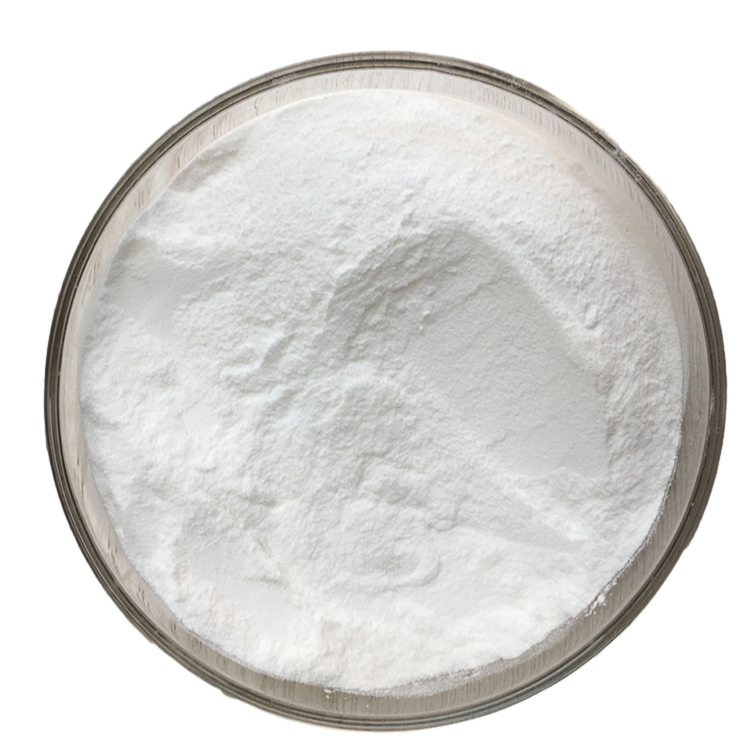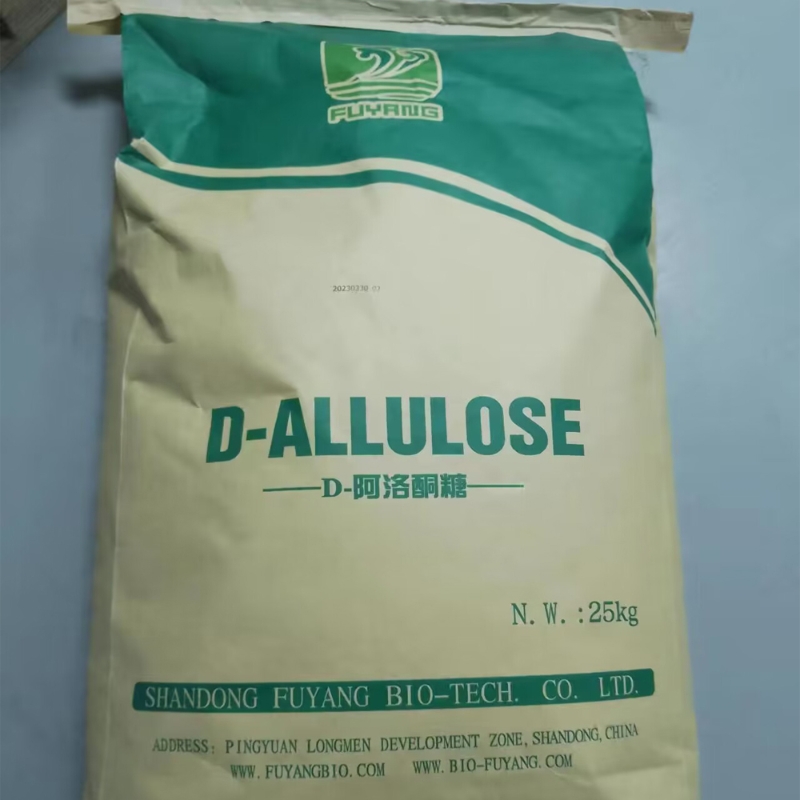-
Categories
-
Pharmaceutical Intermediates
-
Active Pharmaceutical Ingredients
-
Food Additives
- Industrial Coatings
- Agrochemicals
- Dyes and Pigments
- Surfactant
- Flavors and Fragrances
- Chemical Reagents
- Catalyst and Auxiliary
- Natural Products
- Inorganic Chemistry
-
Organic Chemistry
-
Biochemical Engineering
- Analytical Chemistry
- Cosmetic Ingredient
-
Pharmaceutical Intermediates
Promotion
ECHEMI Mall
Wholesale
Weekly Price
Exhibition
News
-
Trade Service
foodmate.
net/tag_1965.
html" class="zdbq" title="Watermelon related food information" target="_blank">Watermelon [Citrullus lanatus (Thunb.
) Matsum & Nakai] is one of the top ten fruits in the world.
Watermelon seed size is an important agronomic trait.
For seed watermelon varieties that use seeds as their food target, seeds can provide people with rich nutrients, such as oil and protein.
Therefore, the larger the seeds of seed watermelon varieties, the more Good; however, for fresh watermelon varieties that use fruit as a production organ, in order to increase the pleasure of eating, seedless or smaller seeds are better.
Therefore, seed size is an important target trait in watermelon breeding.
However, the molecular mechanism of watermelon seed size regulation is currently unclear.
net/tag_1965.
html" class="zdbq" title="Watermelon related food information" target="_blank">Watermelon [Citrullus lanatus (Thunb.
) Matsum & Nakai] is one of the top ten fruits in the world.
Watermelon seed size is an important agronomic trait.
For seed watermelon varieties that use seeds as their food target, seeds can provide people with rich nutrients, such as oil and protein.
Therefore, the larger the seeds of seed watermelon varieties, the more Good; however, for fresh watermelon varieties that use fruit as a production organ, in order to increase the pleasure of eating, seedless or smaller seeds are better.
Therefore, seed size is an important target trait in watermelon breeding.
However, the molecular mechanism of watermelon seed size regulation is currently unclear.
Recently, Horticulture Research published online a research paper entitled CRISPR/Cas9-mediated mutagenesis of ClBG1 decreased seed size forbid promoted seed germination in watermelon by the Watermelon Research Group of the foodmate.
net/tag_1716.
html" class="zdbq" title="Vegetable-related food information" target="_blank">Vegetable Research Center.
The study revealed that foodmate.
net/tag_3049.
html" class="zdbq" title="Abscisic acid related food information" target="_blank">abscisic acid (ABA) content of key regulatory pathways of foodmate.
net/tag_847.
html" class="zdbq" title="Gene-related food information" target="_blank">gene --β- foodmate.
net/tag_1417.
html" class="zdbq" title="Glucose related food information" target="_blank">glucose glucosidase gene (ClBG1) the regulation of the molecular mechanisms of watermelon seed size, laid the groundwork for the molecular size of watermelon seeds resolve regulatory networks.
net/tag_1716.
html" class="zdbq" title="Vegetable-related food information" target="_blank">Vegetable Research Center.
The study revealed that foodmate.
net/tag_3049.
html" class="zdbq" title="Abscisic acid related food information" target="_blank">abscisic acid (ABA) content of key regulatory pathways of foodmate.
net/tag_847.
html" class="zdbq" title="Gene-related food information" target="_blank">gene --β- foodmate.
net/tag_1417.
html" class="zdbq" title="Glucose related food information" target="_blank">glucose glucosidase gene (ClBG1) the regulation of the molecular mechanisms of watermelon seed size, laid the groundwork for the molecular size of watermelon seeds resolve regulatory networks.
The study used CRISPR/Cas9 technology to knock out ClBG1, a key gene regulating ABA content in watermelon.
The ABA content in the knockout mutants was significantly reduced, and the seed length, width and thousand-grain weight were significantly reduced.
Further cytological observations showed that compared with wild-type watermelon, the number of seed cells of the Clbg1 knockout mutant was significantly reduced.
The comparative analysis of the transcriptome data of wild and Clbg1 knockout mutant seeds at early stage of development showed that there were 1,200 and 1,614 differentially expressed genes in Clbg1 knockout mutant seeds at 10 and 18 days after pollination, respectively.
GO enrichment analysis showed that "microtubule-ba"sed process", "cytoskeletal protein binding", "microtubule binding", "tubulin binding" and "cell cycle process" are the top 5 GO pathways that are significantly enriched, indicating that cytoskeleton and cell cycle-related genes may be involved in watermelon Regulation of seed size.
At the same time, the expression of homologous genes in related signal pathways involved in seed size regulation has also changed.
In addition, due to the decrease of ABA content in Clbg1 knockout mutants, seed germination is increased and germination is advanced.
The ABA content in the knockout mutants was significantly reduced, and the seed length, width and thousand-grain weight were significantly reduced.
Further cytological observations showed that compared with wild-type watermelon, the number of seed cells of the Clbg1 knockout mutant was significantly reduced.
The comparative analysis of the transcriptome data of wild and Clbg1 knockout mutant seeds at early stage of development showed that there were 1,200 and 1,614 differentially expressed genes in Clbg1 knockout mutant seeds at 10 and 18 days after pollination, respectively.
GO enrichment analysis showed that "microtubule-ba"sed process", "cytoskeletal protein binding", "microtubule binding", "tubulin binding" and "cell cycle process" are the top 5 GO pathways that are significantly enriched, indicating that cytoskeleton and cell cycle-related genes may be involved in watermelon Regulation of seed size.
At the same time, the expression of homologous genes in related signal pathways involved in seed size regulation has also changed.
In addition, due to the decrease of ABA content in Clbg1 knockout mutants, seed germination is increased and germination is advanced.
In summary, ClBG1 affects the ABA content, which in turn affects the expression of genes in the cytoskeleton, cell cycle, and seed size regulation pathways, and ultimately regulates the size of watermelon seeds.
The research results will provide a theoretical basis for cultivating new high-quality watermelon varieties.
The research results will provide a theoretical basis for cultivating new high-quality watermelon varieties.
Postdoctoral fellow Yanping Wang (currently working at the Vegetable Research Center) and postdoctoral fellow Wang Jinfang are the co-first authors of the paper, and researcher Xu Yong is the corresponding author of the paper.
The research was funded by the National Natural Science Foundation of China, the Collaborative Innovation Project of the Chinese Academy of Sciences, and the National Modern Agricultural Industrial Technology System.
The research was funded by the National Natural Science Foundation of China, the Collaborative Innovation Project of the Chinese Academy of Sciences, and the National Modern Agricultural Industrial Technology System.






